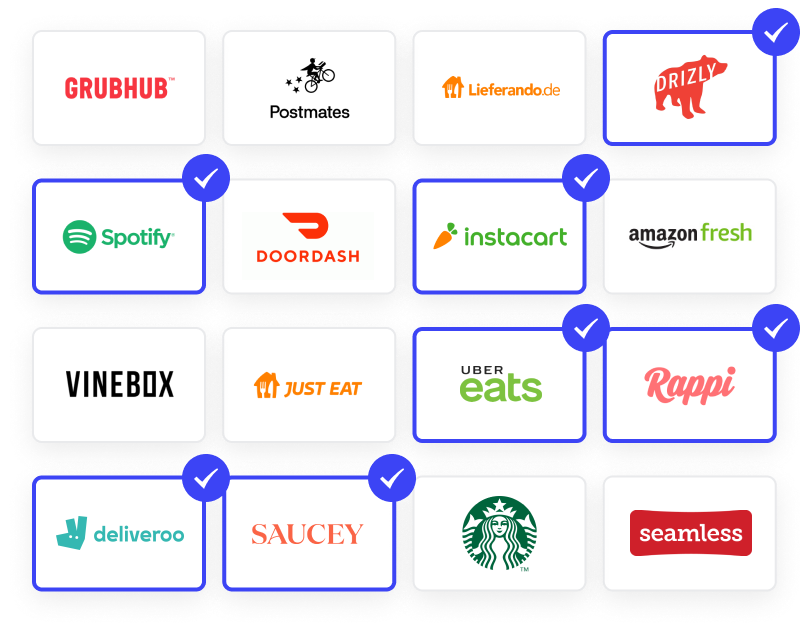


Create your remote lunch program, send a coffee, happy hour drinks, personal gifts, charity donations, learning allowances, and more. Hoppier works in over 60+ countries!


Hoppier works in 60+ countries for your remote employees and customers.















No control or tracking
Don't work internationally
$$$ - Lose unused funds
Boring and not personal

Total control and reporting
Works in 60+ countries
$ - Recover unused funds
1,000,000+ options


The average Hoppier customer saves $785.57 per year. Unlike traditional gift cards and vouchers you get unspent funds back in your account with Hoppier.




"Creating efficiencies around 1-1 gifting has been a game-changer for us. It literally takes me one-tenth of the time now."

This is such a genius way to give a gift that your employees will be happy with. There are options to donate to charity, shop for groceries, and dine at restaurants. You can use the card online or in person. I had a bit of a hiccup with mine but the customer support was AWESOME and had things sorted out within minutes. Definitely recommend using this service!

















“I was finally able to kick back and relax during an event. I wasn't stressed about items arriving on time or at all.”





"That's it? Did I make a mistake?? It's that easy?? It’s not supposed to be that simple, is it?




"The variety! Previously we were going direct to Grubhub for a service like this, but the variety started getting dull”





"The flexibility was my favorite part. Easy to onboard and provide allowances. There is a huge missing piece in the virtual events space that you're filling right now."





Vendors in over 60 countries and rural areas


THE ULTIMATE BOOK OF EMPLOYEE EXPERIENCE IDEAS
Create memorable experiences for your employees today!

Our team will support you, to make your event a success
Amazing customer service
Average 4 minute response times
International coverage